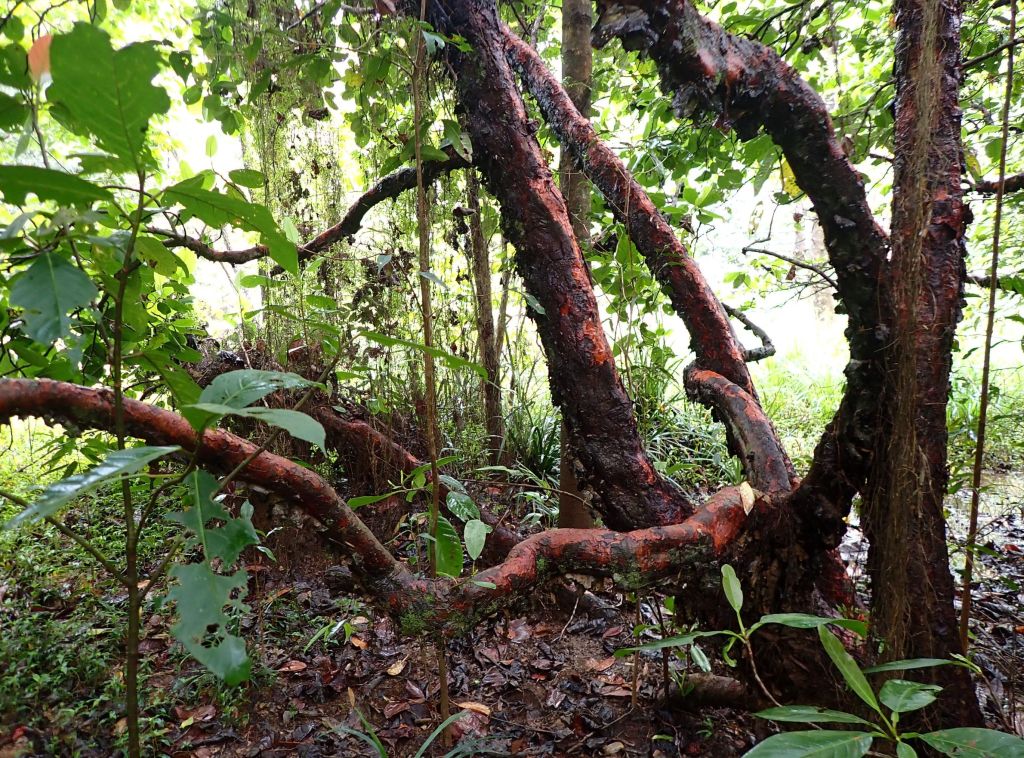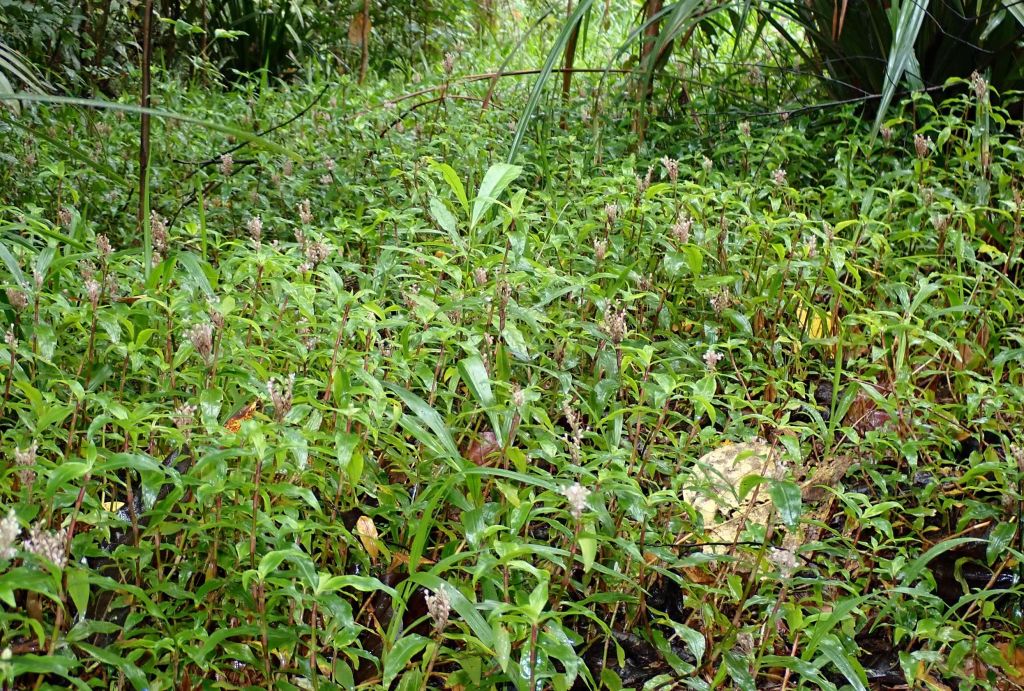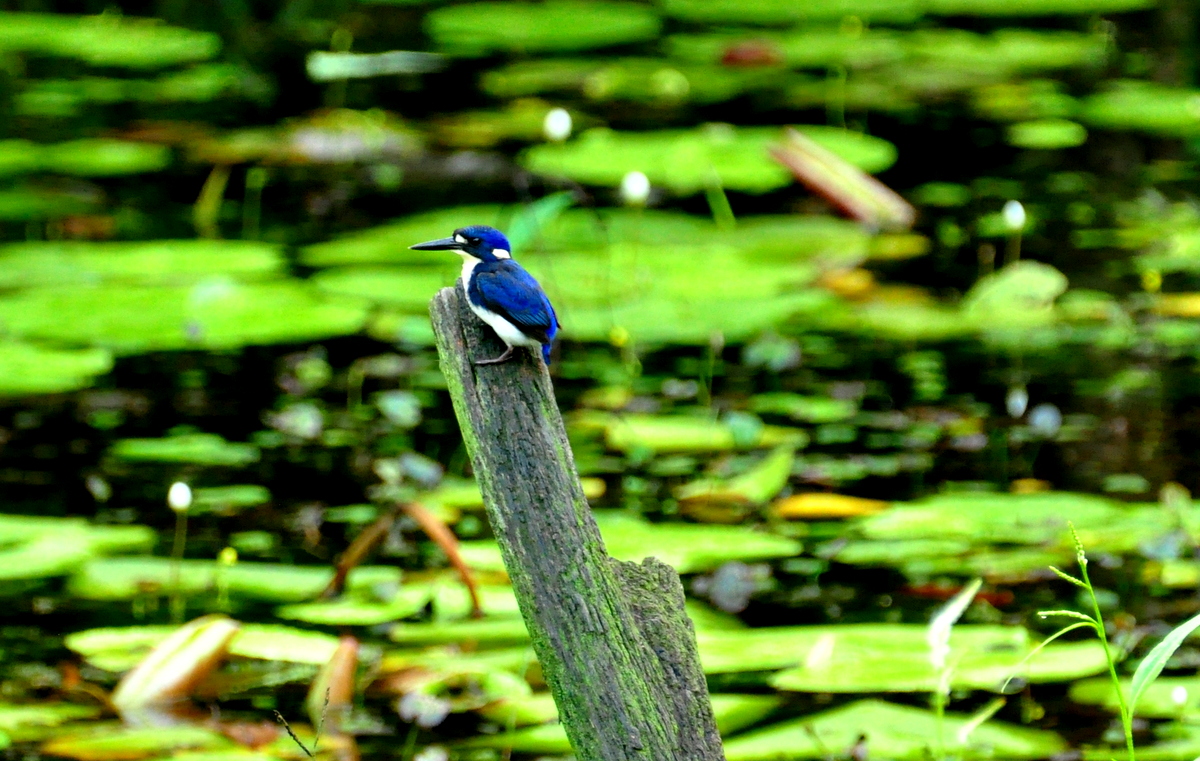While the temperatures were still quite high towards the end of summer this cheeky Carpet Python decided to cool off while perhaps hoping for a snack. As we felt it was probably not in a ‘sharing mood’ with all the birds wanting a turn in the birdbaths, the snake was gently encouraged to leave.


Our tropical winter has seemed quite cool this year but this is very much a subjective observation. As we rely on passive climate control in our house we have been closing doors and some windows in the late afternoon to try and retain some warmth. I know that as we head towards our summer season these cool temperatures will rapidly become a distant memory.
In the last few weeks the Green Orioles have been announcing a change of the seasons, especially notable during their morning dawn chorus. The migratory Metallic Starlings have returned, chittering in the trees as they discuss their recent travel experiences and the Rufous Fantail which has been a frequent visitor to the birdbath for the last few months is no longer with us.
Now that I’ve identified this spider with Greg Anderson’s assistance I have found it in the garden on several occasions in spite of it’s very clever camouflage.
After consistent, steady rain yesterday it was lovely to get outside this morning for a walk around the tracks. Not many flowers at this time of the year but there is more than just green in a rainforest when you look closely.
We originally identified a remnant patch of this plant with the help of a local botanist who said it was becoming harder to find. As it belongs to Commelinaceae it was not hard to propagate and plant in a few swampy areas. It is now well established and provides a lovely groundcover contrasting with areas of sedge along the edge of the wetlands.
When I returned from my walk I found this Green Tree snake moving along behind my plant pots on the verandah. We thought it was probably on a hunt for frogs but a Black Butcherbird keeps a close eye on our house frogs and they have got very good at hiding during the daylight hours.
–



















